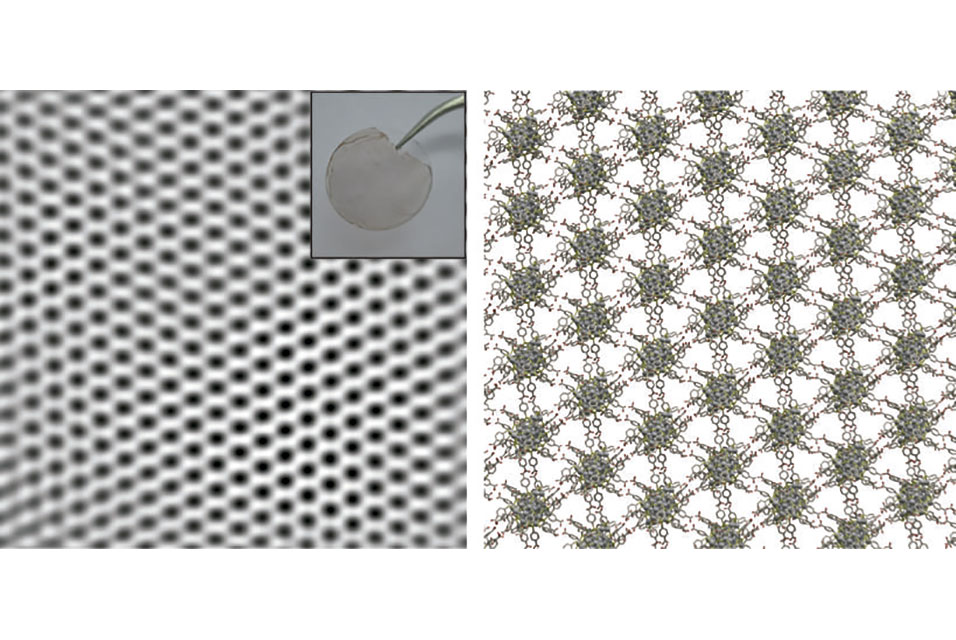ESPOO.- An international team of researchers has developed a new type of strong and elastic two-dimensional (2D) membrane. The invention could prove useful, for instance, in detecting remnants of antibiotics from water.
Two-dimensional materials are ultrathin and composed of either single- or few-layer atoms. Recently, nanoparticle-based 2D materials have gained tremendous interest among researchers and industry due to their mechanical strength, flexibility, and optical and electronic properties which could make them key components, for instance, in emerging optoelectronic devices, sensors, and next-generation computing technologies. So far, though, no commercial applications exist due to problems with both scalability and obtaining uniform products from one batch to another.
A research team led by Nonappa, associate professor at Tampere University and adjunct professor at
Aalto University, has now been able to fabricate a large 2D monolayer membrane using metal nanoparticles that surpasses some of these difficulties.
"These membranes are mechanically robust and can be transferred on to any substrate of interest for desired applications. Our approach enables the rapid, scalable, and efficient fabrication of large-area ultrathin membranes," Nonappa says.
Unlike routinely used nanoparticles, the team used silver nanoparticles with a precisely defined molecular structure. The macroscopic membranes were prepared using a self-assembly approach.
"The membranes show elastic behavior, making them potentially useful, for example, in flexible transistors and memory devices in wearable electronics and displays. The experimental results on their mechanical properties are highly reproducible and reliable," describes postdoctoral researcher Alessandra Griffo from Saarland University.
The research team has also explored the suitability of the newly-developed membranes as substrates for detecting antibiotics in water. With the increased use of pharmaceuticals and consequent contamination of surface and groundwater with antibiotics, there is an urgent need for rapid and reliable detection.
"We can detect extremely low amounts of antibiotics dissolved in water with a high degree of reproducibility," postdoctoral researcher Anirban Som from Aalto University explains.
In the future, the team will focus on adapting the membrane fabrication methods to other types of nanoparticles, utilizing them as components in, for instance, flexible memory devices and smart e-skin applications.
The findings were published on August 2 in the journal Small.









